Introduction:
Welcome to Hawaii Volcanoes National Park, a fascinating destination that offers a unique blend of breathtaking landscapes, geologic wonders, and diverse ecosystems. In this visitor’s guide, we will discuss the weather in the park throughout the year, providing insights into what you can expect during each season. This includes temperature, precipitation, sunny days, activities, camping, wildlife, and any relevant closures or reduced operating hours.
Winter Weather in Hawaii Volcanoes National Park
Winter in Hawaii Volcanoes National Park typically lasts from December to February. During this season, the park experiences cooler temperatures and increased rainfall, especially in the higher elevation areas.
Temperature and Precipitation
In the coastal areas, temperatures generally range from the mid-60s to low 80s°F (18-27°C), while in the higher elevation areas, they can dip into the 30s°F (-1°C) at night. Rainfall is more prevalent in the winter months, with most of it occurring in the afternoons and evenings. This precipitation fosters the lush greenery that is so characteristic of the park’s landscape.
Activities and Camping
Despite the cooler and wetter conditions, many visitors enjoy exploring the park in winter. The trails can be muddy and slippery, so proper footwear is essential. In addition, be prepared for sudden changes in weather, as fog and rain can quickly roll in. Winter is also a fantastic time to camp in the park, with fewer crowds and cooler temperatures. Campgrounds at both Nāmakanipaio and Kulanaokuaiki remain open during the winter months, but do check for any temporary closures due to weather conditions.
Wildlife
Winter is an excellent time to spot native Hawaiian birds like the ‘Apapane, ‘I’iwi, and the endangered ‘Akiapōlā’au. Additionally, the cooler temperatures encourage the growth of colorful lichens and mosses on the lava rocks, adding a vibrant touch to the landscape.
Spring Weather in Hawaii Volcanoes National Park
Spring at Hawaii Volcanoes National Park lasts from March to May. This season brings mild temperatures and gradually decreasing rainfall.
Temperature and Precipitation
During spring, daytime temperatures in the coastal areas typically range from the high 60s to mid 80s°F (20-29°C). In the higher elevation areas, nighttime temperatures can still be quite cool, occasionally dropping to the low 40s°F (4-6°C). Rainfall gradually decreases throughout the season, with May being the driest of the spring months.
Activities and Camping
As the weather becomes more stable, spring is an ideal time for hiking, bird watching, and exploring the park’s geologic wonders. The lava tubes, steam vents, and sulphur banks are especially popular during this season. Camping is comfortable in spring, with both Nāmakanipaio and Kulanaokuaiki campgrounds open for visitors. However, it is always a good idea to check for any weather-related closures before planning your trip.
Wildlife
In spring, you can expect to see an array of native birds, including the Hawaiian honeycreepers and the Nēnē, Hawaii’s state bird and an endangered species. Keep an eye out for the park’s diverse plant life, such as blooming ‘Ōhi’a Lehua trees and the silversword, which only grows in Hawaii.
Summer Weather in Hawaii Volcanoes National Park
Summer in Hawaii Volcanoes National Park lasts from June to August, and it brings warm temperatures, increased humidity, and relatively drier conditions compared to other seasons.
Temperature and Precipitation
During the summer months, coastal areas experience daytime temperatures in the mid to high 80s°F (27-31°C), while the higher elevation areas generally have cooler temperatures in the 60s°F (15-20°C). Rainfall is less frequent in the summer, although afternoon showers can still occur.
Activities and Camping
Summer is a popular time to visit the park, with plenty of opportunities for hiking, sightseeing, and exploring the unique volcanic landscape. Visitors can enjoy the park’s vast network of trails, including the Kīlauea Iki Trail, which takes you through a volcanic crater. The park’s campgrounds, Nāmakanipaio and Kulanaokuaiki, remain open during the summer months. However, keep in mind that it’s essential to book in advance, as summer is a busy season.
Wildlife
Summer is a great time to spot the park’s diverse wildlife, including various endemic birds and insects. Native birds, such as the ‘Elepaio and ‘Amakihi, can be seen flitting through the forest canopy, while the colorful Happy Face Spider can occasionally be found along the trails.
Fall Weather in Hawaii Volcanoes National Park
Fall at Hawaii Volcanoes National Park, lasting from September to November, brings mild temperatures and increasing rainfall as the season progresses.
Temperature and Precipitation
During the fall months, coastal areas experience daytime temperatures in the mid-70s to mid-80s°F (23-29°C), while higher elevation areas see temperatures in the 50s-60s°F (10-20°C). Rainfall begins to increase in the fall, particularly in November, when the wet season typically starts.
Activities and Camping
Fall is an excellent time for hiking and exploring the park, as the weather is relatively mild, and the trails are less crowded compared to the summer months. The park’s campgrounds, Nāmakanipaio and Kulanaokuaiki, are open during the fall season. However, be prepared for potential wet weather, as rainfall increases throughout the season.
Wildlife
Fall is a good time to spot migratory birds that pass through the park, including the Pacific Golden Plover, the Wandering Tattler, and the Ruddy Turnstone. You may also see native birds such as the ‘I’o, the Hawaiian hawk, and the endangered Pueo, the Hawaiian short-eared owl.
Conclusion
Hawaii Volcanoes National Park offers a unique and exciting experience for visitors, regardless of the season. While the weather can vary throughout the year, each season has its own charm and opportunities for exploration. Whether you visit in the lush winter months, the mild spring, the warm summer, or the vibrant fall, be prepared for a memorable adventure in one of the world’s most fascinating landscapes.

